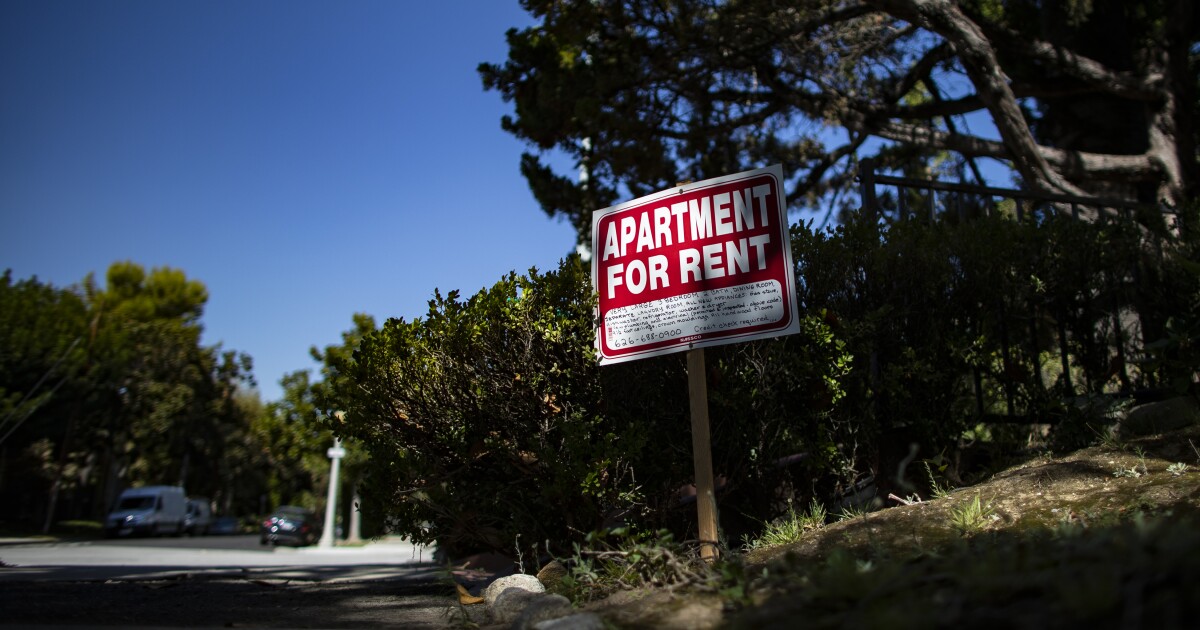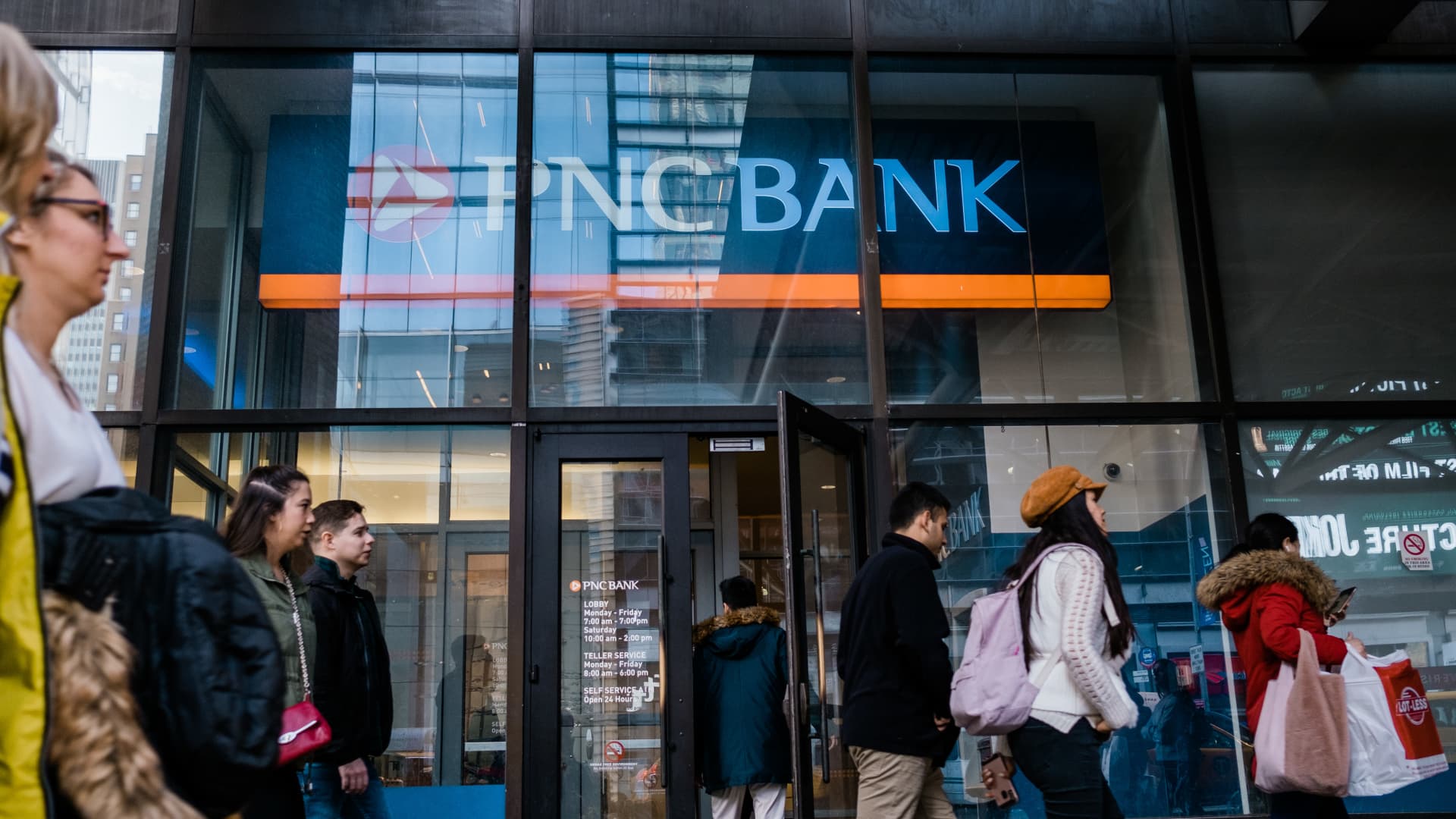Seattle’s Chinatown International District, under pressure from past freeway and stadium projects, the city’s fentanyl crisis, and disputes over future transit stations, has been named to a list of 11 “most endangered” historic places by the National Trust for Historic Preservation.
It’s the first neighborhood in Washington to make the list, as well as the only U.S. community settled by Chinese, Japanese, Filipinos, African Americans and Vietnamese people, according to the trust.
More challenges are ahead, as politicians controlling Sound Transit decide next year where to site a future light-rail station. Depending on the location and how it’s built, the project could afflict residents with noise, blocked sidewalks, dust and overflow traffic for a decade, or could sever the community from accessing a major transit hub at their doorstep, starving them of economic benefits and public investment.
The consequences of not protecting the neighborhood and mitigating construction issues are existential, said local community leaders and state and national trust officials Tuesday, who gathered at Hing Hay Park to announce the bittersweet distinction. Nearby, a group of older men played Xiangqi in the park and workers hustled to grab lunch.
“We have seen how historic Chinatowns across the country have fought and continue to fight large-scale development projects that demand … communities of color accept disproportionate harm in the name of progress,” Katherine Malone-France, chief preservation officer for the National Trust for Historic Preservation, told the crowd of a few dozen standing in front of the park’s Grand Pavilion.
Philadelphia’s historic Chinatown was also named to the list this year.
The designation doesn’t come with money, legal clout or political protection.
“It is a public advocacy tool,” said Huy Pham, preservation programs director at the Washington Trust for Historic Preservation.
Also on the list: Osterman Gas Station in Peach Springs, Ariz.; Little Santo Domingo in Miami; Pierce Chapel African Cemetery in Midland, Ga.; the Century and Consumers Buildings in Chicago; the West Bank in St. John the Baptist Parish, La.; Holy Aid and Comfort Spiritual Church in New Orleans; L.V. Hull Home and Studio in Kosciusko, Miss.; Henry Ossawa Tanner House in Philadelphia; historic neighborhoods in Charleston, S.C.
Out of 83 Chinatowns identified nationwide, fewer than half remain, according to the national trust. Portland’s historic Old Town Chinatown is in decline, but Seattle’s district remains home to more than 50 restaurants and 3,500 residents, for whom 56% speak English as a second language, 72% are people of color, and 20% are older than 65.
Next year, Sound Transit’s governing board is scheduled to make a final decision about where to build the new station in the 2030s, connected by tunnel to Seattle Center, then by elevated tracks through Interbay and probably a short Ballard tunnel.
A site at Union Station was promised in a 2016 ballot measure as a giant hub where 60,000 people a day come and go between the new trains, the existing light-rail station, bus stops, King Street Station for commuter and interstate rail, and streetcars.
The board in March voted to prefer an alternate vision by King County Executive Dow Constantine and Mayor Bruce Harrell — move the hub north to Pioneer Square while building a high-rise “civic center” there, and another station south of the CID.
This scenario, Harrell says, will reduce harm to what he often calls “this gem the entire state can be proud of.” Some in the community, such as the social justice nonprofit Puget Sound Sage, support the proposal, arguing a project in the CID creates risks of displacement.
But other community members reject this alternative plan. Transit Equity for All, which helped to organize Tuesday’s event, supports a Fourth Avenue South site between Union and King Street stations near the existing light-rail stop, after fighting a more-intrusive Fifth Avenue South version. Union Station would offer what member Betty Lau calls “access not only for the CID, but for the whole city.”
Kevin Lee, president of the Chinese American Citizens Alliance Seattle, agrees. A decade of construction will be a massive disruption in the neighborhood, he said.
But the economic and transit benefits outweigh the costs — with sufficient mitigation measures, he said, such as the city giving compensation to affected local businesses, he said, as it did for businesses affected by the reconstruction of the waterfront seawall and road work in the Central District. Notably, the Rainier Valley Community Development Fund, established by Sound Transit, King County and the city of Seattle, distributed more than $15 million to southeast Seattle businesses strained by years of light rail construction.
“Year after year, decade after decade, it seems like Chinatown always gets the short end of the stick,” Lee said. “We’re here to make some noise and give a voice to Chinatown and ensure transit equity.”
The fight for the future of Chinatown International District is not new. The construction of I-5 in the 1960s cleaved the neighborhood in two, razing homes, businesses and churches despite outcry from residents and activists. When Seattle sought to build new sports stadiums — first the Kingdome, where Lumen Field now stands, in the 1970s, then Safeco Field, now known as T-Mobile Park, in the 1990s — residents and businesses were forced to accept it.
“It’s been a continual fight taken on by generations,” said Kyle Kinoshita, co-president of the Seattle Japanese American Citizens League. “We can’t be complacent.”
This is a neighborhood born out of redlining and racial segregation, scarred by Japanese incarceration and systemic neglect by local governments, said Kinoshita, whose family has lived in the area since 1905.
But out of exclusion, prejudice and injustice, residents of various ethnicities and nationalities here have raised families and built businesses, he said. They’ve found safety and resources, social safety nets formed by neighbors and a network of community organizations and advocacy groups.
It has persevered despite a repeated pattern of harm, said Devin Israel Cabanilla, a member of the Filipino American National Historical Society. But he knows how vulnerable the neighborhood is to becoming a ghost of itself, noting that Hing Hay Park stands where the city’s Filipino Town once stood.
“Nobody knows it because it’s been erased,” Cabanilla said, surveying the area. “Preservation and erasure within decades is very easy to do.”
















